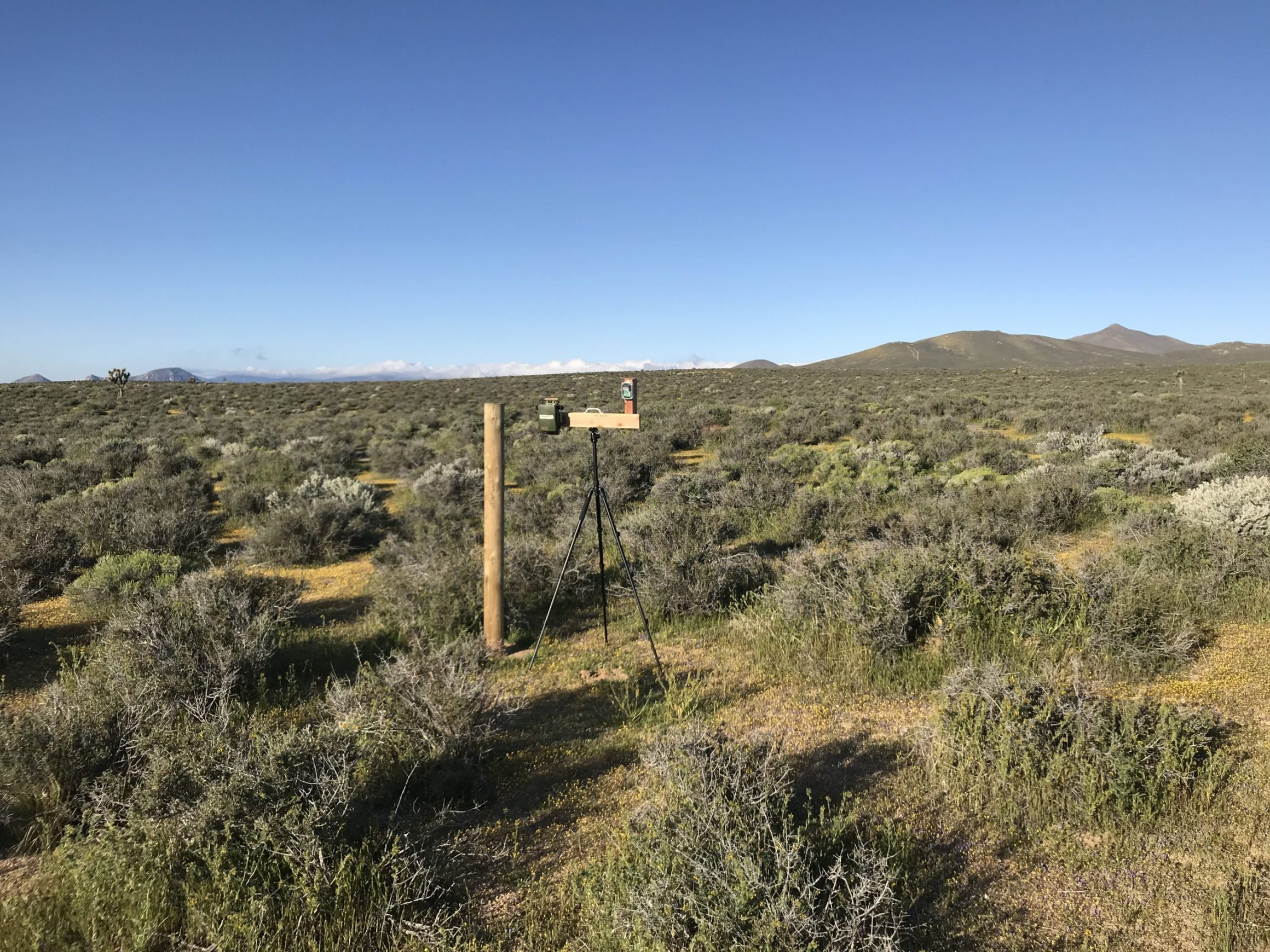To help the bird conservation community speak with a unified voice about common needs and themes, NABCI assembled the National Bird Conservation Priorities, which highlight 10 Priority Actions organized across 5 conservation themes. NABCI’s All-Bird Bulletin Blog will highlight projects and programs that work to achieve one or more of these Priority Actions. Today’s blog highlights an initiative that aligns with Engagement and Partnership Priority Action: Leverage government dollars with private dollars to multiply conservation impacts through partnerships including Migratory Bird Joint Ventures, the Regional Conservation Partnership Program, and new programs.
The COVID-19 pandemic has changed the way many of us do our jobs, whether we’re now working from home, or wearing masks in the workplace. The Institute for Bird Populations (IBP) is no exception. Our staff are working from their kitchen tables, busily re-configuring plans for the upcoming fieldwork season.
Outdoor work monitoring birds might seem like a safe, socially distant activity. But while the work itself might be safe in the time of COVID-19, the logistics underlying that fieldwork may not be. The travel, group housing and carpooling necessary to do fieldwork violate the public health recommendations we need to follow to reduce the spread of coronavirus. In addition, many of the lands that we work on are currently closed to the public.
So IBP staff are getting creative and flexible; where possible, we are finding ways to continue our research while ensuring the health and safety of our employees and volunteers. One study that will be going forward this season takes advantage of some relatively new technology called Autonomous Recording Units (ARUs) to help monitor birds in California’s State Vehicle Recreation Areas (SVRAs.)
This is part of an ongoing project in partnership with the National Audubon Society and California State Parks. Usually birds in these parks are monitored with traditional point counts. Since most of the SVRAs do not have local staff trained in bird identification, this year the parks hired IBP to conduct the surveys. However, with coronavirus restrictions traditional point counts are no longer feasible.
ARUs may provide a solution. Prior to the pandemic, IBP had done a pilot study in 2018 at Carnegie SVRA near Livermore, CA to see if ARUs would be an effective bird monitoring tool for these parks. Project leader Jerry Cole conducted point counts while the ARUs recorded alongside him. The traditional point count data was then compared to the data collected by listening to the ARU recordings.
The ARU model we used in 2018 worked well, but was pricey–over $800. The pilot study this season is comparing the effectiveness of an economical ARU, that costs only about $50, to the pricey one. If the inexpensive models work just as well, they may be a good choice for fulfilling SVRA bird monitoring needs.
This study is possible in light of COVID-19 restrictions because running the ARUs is a one-person job that can be done by a local park staffer, regardless of their skill at bird identification. The units will then be shipped to Cole who will annotate the audible bird sounds on the recordings and run a statistical analysis to compare the data collected from each model.
ARUs have a lot of potential to collect important data about birds and other wildlife says Cole. “The potential is pretty great because we now have relatively inexpensive storage and processing capabilities hosted in the cloud. When you have lots of digital eyes and ears you start to learn things you never would have known from a few trips to the field.”
But lots of ears lead to lots of recordings, sometimes more than may be feasible for a human to process in a timely manner. That’s where machine learning comes in. Cole says this study will also evaluate the effectiveness of using an algorithm called BirdNET that was developed by the Cornell Lab of Ornithology and Chemnitz University of Technology. “BirdNET identifies any bird species recorded, outputs a text file with species name, time when detected, and confidence in that identification,” says Cole.
Autonomous recording and machine learning seem to remove the human element from fieldwork. Instead of listening to birds with the breeze in your hair, you–or your computer–is listening to recordings at your desk. Which seems a little sad. Asked if he thinks this technology could replace traditional fieldwork, Cole say no. “Even if ARUs were capable of collecting all ecological data, there is no doubt in my mind that an ecologist or field biologist needs to take a stroll through their study area to understand how all the organisms in that system interact.”
Nevertheless, ARUs are one tool that IBP is using to continue our research during the COVID-19 pandemic. They won’t work in all situations, but they are a start. Navigating this field season won’t be easy, but we can put two of our well-honed field biology skills to use: attention to safety and the ability solve problems creatively.

